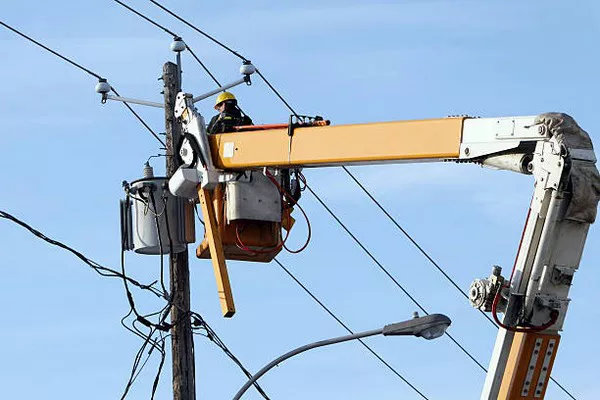Transformers play a crucial role in electrical power systems, facilitating the efficient transmission and distribution of electricity. However, the efficient operation of transformers is contingent upon effective cooling mechanisms to dissipate heat generated during their normal functioning. In this article, we delve into the various methods employed for transformer cooling, exploring their strengths, weaknesses, and the technological advancements that enhance their efficiency.
Oil Immersed Cooling
One of the most traditional and widely used methods for transformer cooling is oil-immersed cooling. In this approach, the transformer is submerged in an insulating oil, typically mineral oil, which not only serves as an electrical insulator but also acts as a heat transfer medium. The oil absorbs the heat generated by the transformer and dissipates it through the transformer tank’s surface area.
Despite its widespread use, oil-immersed cooling has some limitations. The cooling efficiency is influenced by the rate of oil circulation, and over time, the oil can degrade, leading to a reduction in its cooling capacity. Additionally, oil-immersed transformers require regular maintenance to monitor and replenish oil levels.
Air Natural Cooling
Air natural cooling, also known as free convection cooling, is another common method for dissipating heat from transformers. This method relies on the natural circulation of air around the transformer to carry away heat. The transformer is equipped with cooling fins or radiators that increase the surface area available for heat dissipation.
While air natural cooling is a simple and cost-effective method, its efficiency is dependent on environmental factors such as ambient temperature and airflow. In hot climates or confined spaces, the cooling capacity may be insufficient, necessitating the use of additional cooling methods.
Forced Air Cooling
To overcome the limitations of air natural cooling, forced air cooling employs fans to enhance the airflow around the transformer. These fans increase the rate of heat dissipation, allowing transformers to operate more efficiently in varying environmental conditions. Forced air cooling is particularly beneficial in locations with high ambient temperatures or limited natural airflow.
However, the use of fans introduces an element of mechanical complexity and requires a power source, adding to the overall energy consumption of the transformer. Regular maintenance is also crucial to ensure the proper functioning of the fans and prevent malfunctions.
Liquid Immersed Cooling
Liquid immersed cooling represents a variation of traditional oil-immersed cooling, where a different cooling liquid, such as synthetic esters, is used instead of mineral oil. Synthetic esters offer improved environmental compatibility and fire resistance while maintaining effective heat transfer properties.
Liquid immersed cooling is gaining popularity in applications where environmental concerns, fire safety, and sustainability are paramount. However, the initial cost of implementing this method can be higher compared to traditional oil-immersed cooling.
Direct Liquid Cooling
Innovations in transformer cooling have led to the development of direct liquid cooling, a method that directly circulates a cooling liquid through the winding conductors. This method provides more efficient heat dissipation by targeting the primary source of heat generation within the transformer.
Direct liquid cooling offers advantages such as reduced size and weight of transformers, improved energy efficiency, and better temperature control. However, it requires precision engineering and careful consideration of the thermal and hydraulic aspects of the cooling system.
Phase-Change Material (PCM) Cooling
An emerging trend in transformer cooling involves the use of phase-change materials (PCMs) to absorb and release heat during the phase transition. PCMs, such as paraffin wax, change their state from solid to liquid and vice versa, absorbing latent heat in the process. This latent heat storage capability helps regulate the temperature within the transformer.
PCM cooling is especially effective in managing transient loads and preventing overheating during peak demand periods. However, the challenge lies in selecting an appropriate PCM with suitable thermal properties and ensuring its compatibility with transformer insulation materials.
See Also What Happens When a Transformer Fails?
Conclusion
Efficient cooling is a critical aspect of transformer design and operation, directly impacting their performance and lifespan. As technology continues to advance, transformer cooling methods evolve to meet the growing demand for energy efficiency, environmental sustainability, and safety. The choice of cooling method depends on various factors, including the transformer’s size, application, and environmental conditions. By staying abreast of these advancements, the power industry can ensure the reliable and sustainable operation of transformers in the ever-changing landscape of electrical power systems.

